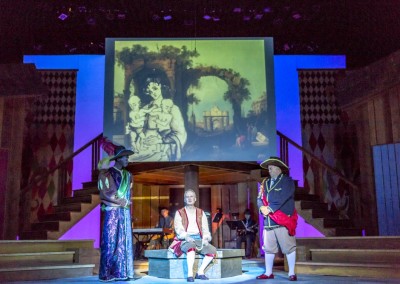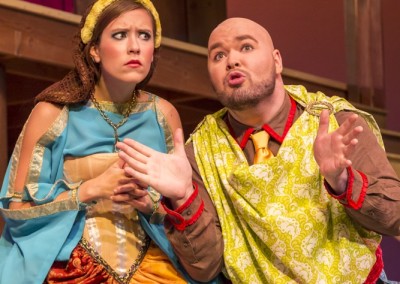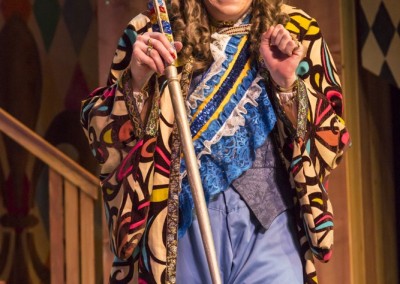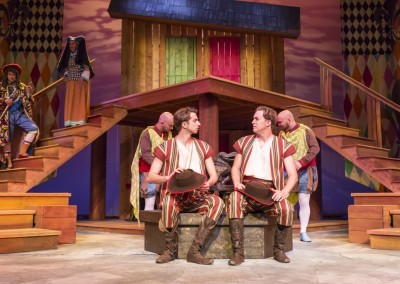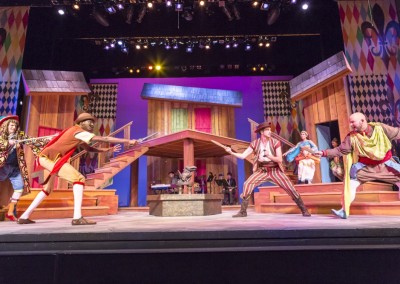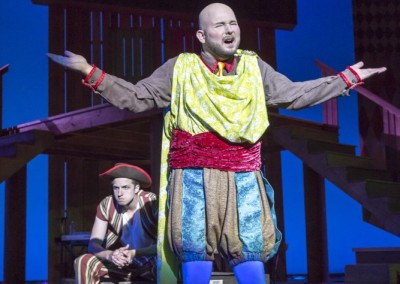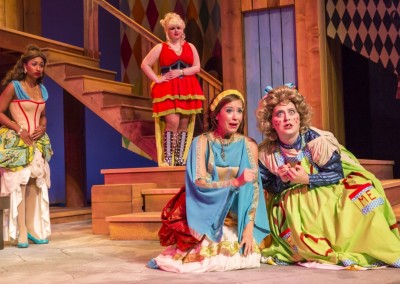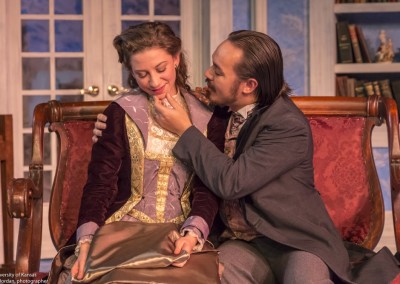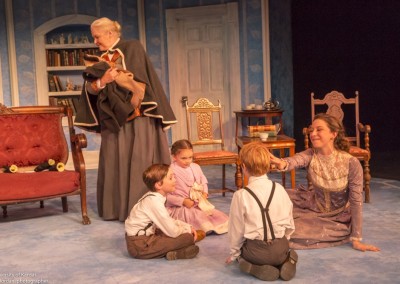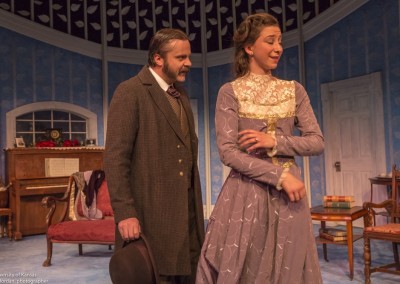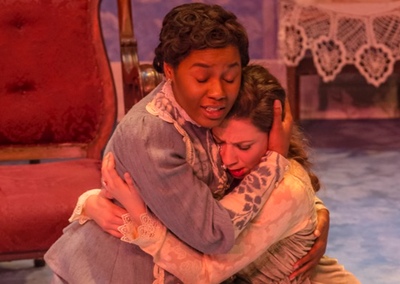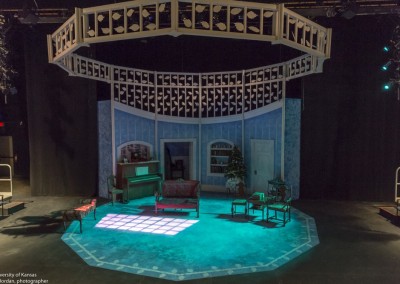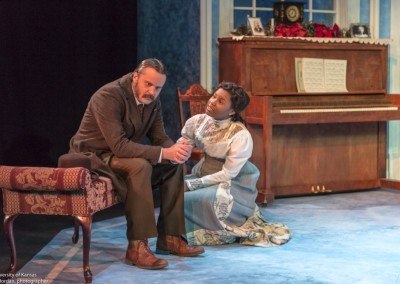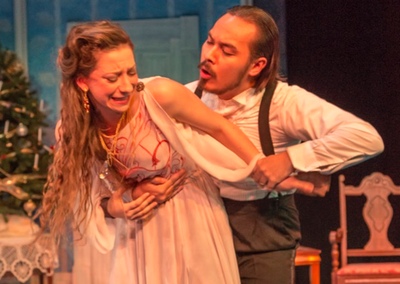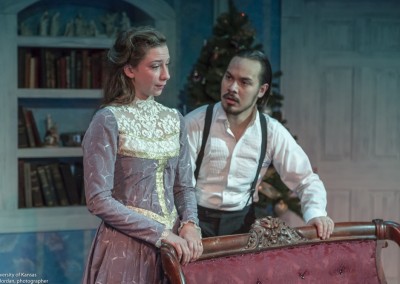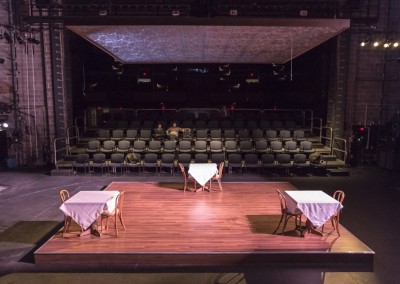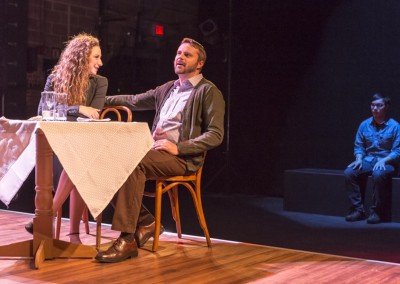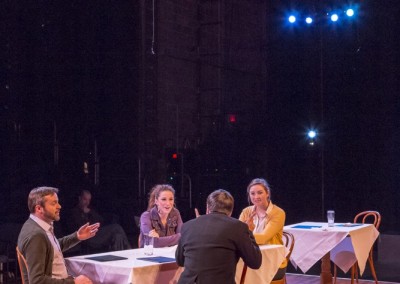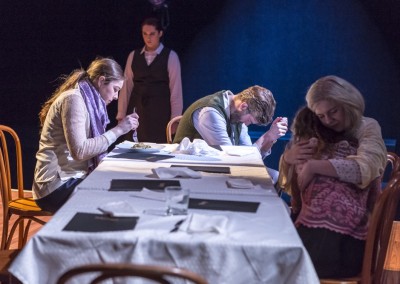The Comedy of Errors
The Comedy of Errors by William Shakespeare
Kansas Repertory TheatreDirector's Program Notes
Kansas Classical Repertory Theatre (KCRT) is dedicated to bringing professional theatre to greater Lawrence. With a company consisting of Equity actors, students from nationally recognized training programs, and members of the KU Department of Theatre, our mission is to produce two shows in rotating rep, as well as a laboratory piece, according to the related themes fo translation and adaptation. Our inaugural season offers one fo Shakespeare’s earliest comedies (The Comedy of Errors) and its musical adaptation, Rodgers’ and Hart’s The Boys from Syracuse. We will also workshop an English translation o fGabriel Garcia Marquez’s Balthazar’s Marvelous Afternoon, which will be done as part of our experimental lab.
Our two main-stage productions, though similar in content, are strikingly distinct in form. Whereas Commedia dell’arte—and to a lesser extent, Vaudeville—are the inspirations for our productions of The Comedy of Errors, Victorian Steampunk contextualizes The Boys from Syracuse. The Shakespeare will use such commedia techniques s physical bits (lazzi), sound affects (including a slapstick, which originated with commedia), and live music to present the madcap absurdity that constitutes The Comedy of Errors. For Rodger’s and Hart’s musical, the world is defined by the British Musi Hall Tradition. A tale of two sets fo identical twins separated as infants during a shipwreck some twenty-five years prior to the play’s outset, Shakespeare’s comedy of mistaken identity is itself an adptation of Plautus’ Menaechmi (Twin Brothers), penned c. 200 BCE. Thus, we invite you to experience both productions as part of a repertory consisting of two distinct adaptations of a tale that is more than 2000 years old.
Cast & Design Team
- Set Design:
- Mark Reaney
- Costume Design:
- Casey McNamara
- Lighting Design:
- Pamela Roderíguez-Montero
*Appearing Courtesy of the Actors Equity Association


